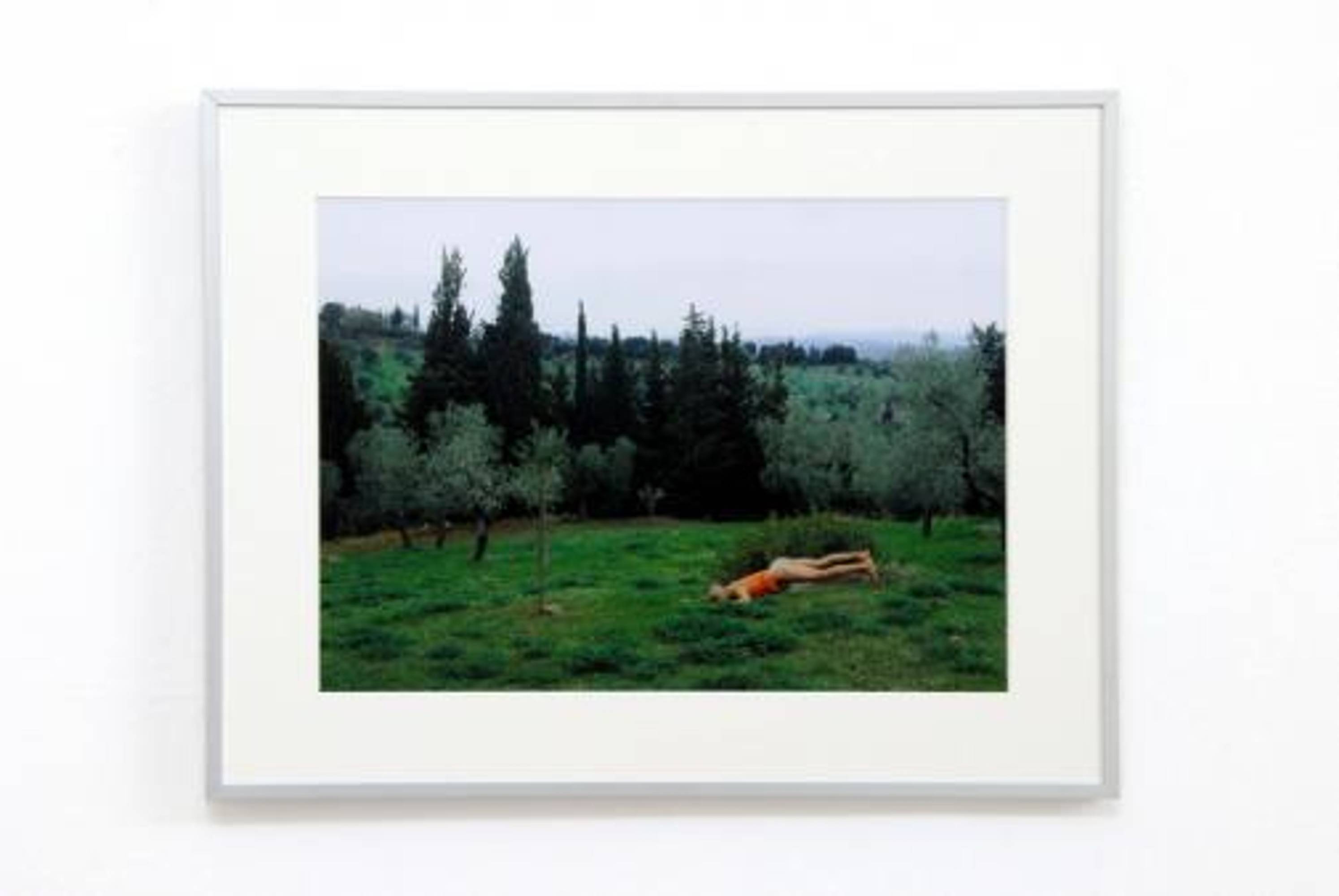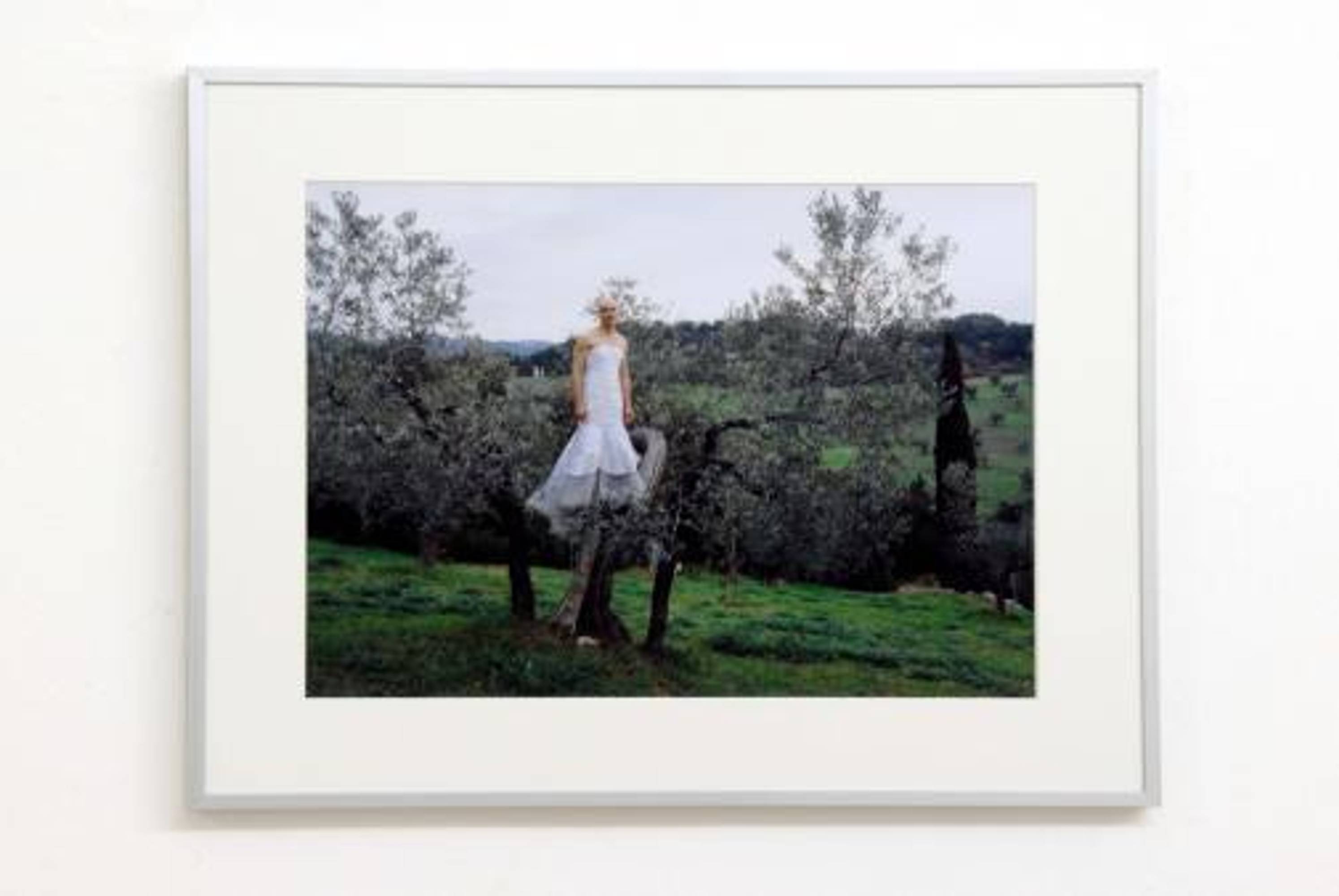SALI SULLE MONTAGNE, TI DICO, E MANGIA DELLE FRAGOLE
Monica Bonvicini, Sam Durant, Thomas Eggerer, Matthias Herrmann, Cameron Jamie, Justine Kurland, Kalin Lindena, Hans Schabus, Lois & Franziska Weinberger
Curated by Eva Maria Stadler Thomas Trummer
“There is one reproach that you cannot avoid. You forget that man must be “himself”. Go climb the mountains and let books and society lie untouched and go rotten. Go climb the mountains, I tell you, and eat strawberries. Eat strawberries, I tell you, and forget that you are alone.” Sigmund Freud wrote these sentences to his school friend Eduard Silberstein at the age of seventeen. Mountains stand for wilderness, for the desert, for the uncivilized world beyond urban complexity. Sigmund Freud advised his friend to renounce the exacting demands of daily existence, of interpersonal relations.
Perhaps therein we can find the notion of a timeless idyll which reaches out to the over-organized, drilled, life based on the humanist education, to offer authenticity based on physical experience and nature.
Strawberries, seen in the Middle Ages as a symbol of the blood shed by Christ and the martyrs, is now perceived differently. Today it clearly stands for joie-de-vivre and erotic desire. Freud probably refers to sensuality too in his advice recommending both restraint and pleasure. The enjoyment of strawberries in the mountains should help overcome disappointments, or stands for powers which need to be re-discovered – a substitute for (erotic) renunciation. The role of strawberries as found in his youthful letter, Freud later attributes to art.
In his theory of art, Freud sees it as a symptom of unfulfilled wishes on the part of the artist. In Freud’s view, the artist works through his conflicts, whereby he is driven by precisely those powers which cause neuroses in others. Yet the path from the artist to the neurotic is a short one, according to Freud: “He is driven by excessive drives and needs, the yearning for honor, power, wealth, fame and the love of women; yet he lacks the means to achieve these various forms of satisfaction.” The result is that art turns into a sort of gratification of desire, whereby the artist reshapes that which is offensive in his wishes, adapting it to certain aesthetic rules. Freud’s notion of the sublimation of ideas has inspired many artists in the twentieth century, especially those who wish to integrate desires and dreams into art. Yet Freud also disappointed many artists, Breton for instance, who had high expectations of his meeting with Freud, only to find himself sitting opposite a doctor who saw art as consolation, as ersatz therapy. The exhibition in the Galerie Museum Bolzano examines critically patterns of sublimation, exploring the problems of substitution, projection and imagination. The suggestion by the youthful Freud to seek both self-fulfilment and pleasure is the point of departure for selecting international perspectives on modern art. The artworks, some of them commissioned for this exhibition, develop the themes of mysteries, yearnings and conflicts as subjects for an imagined life.



